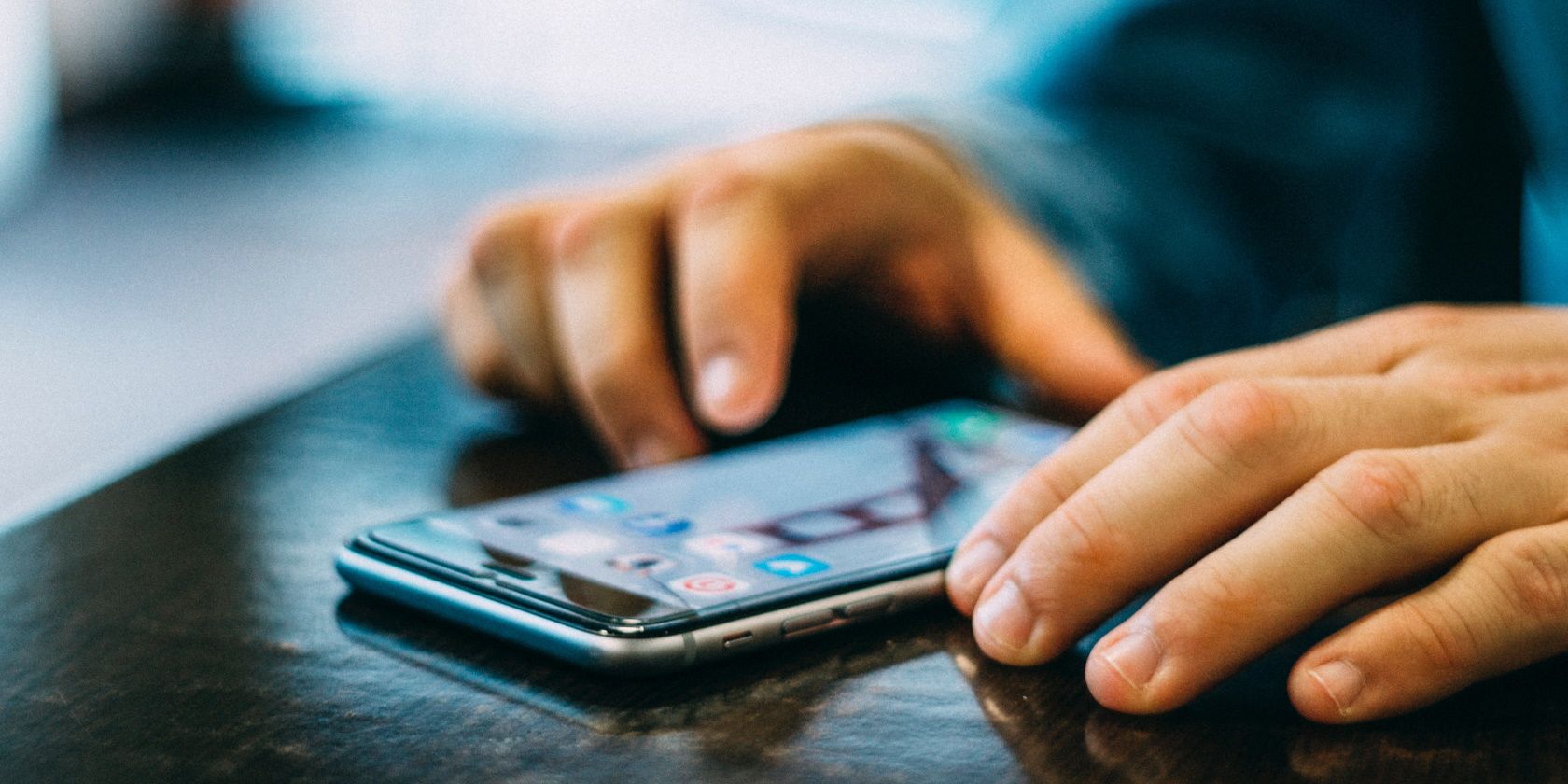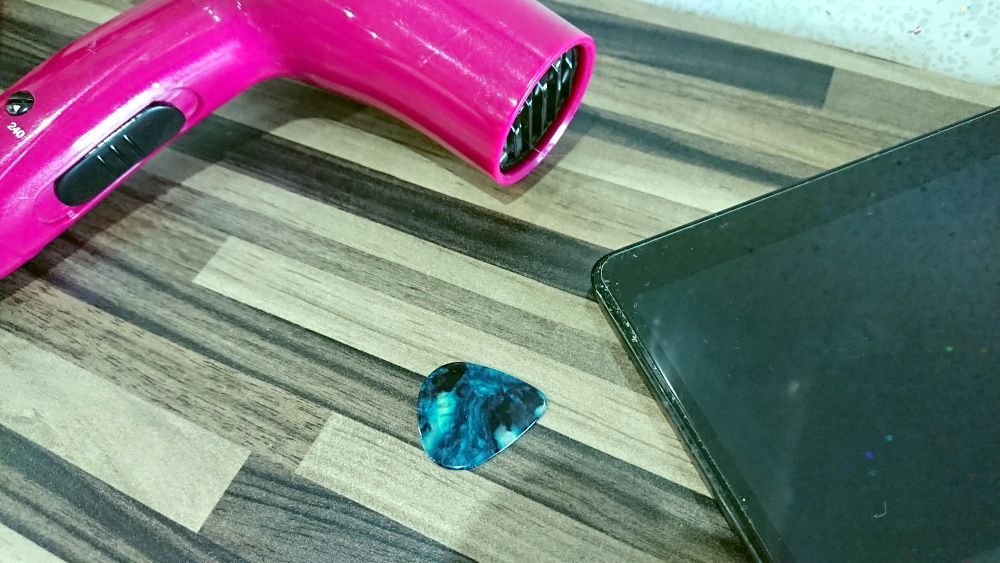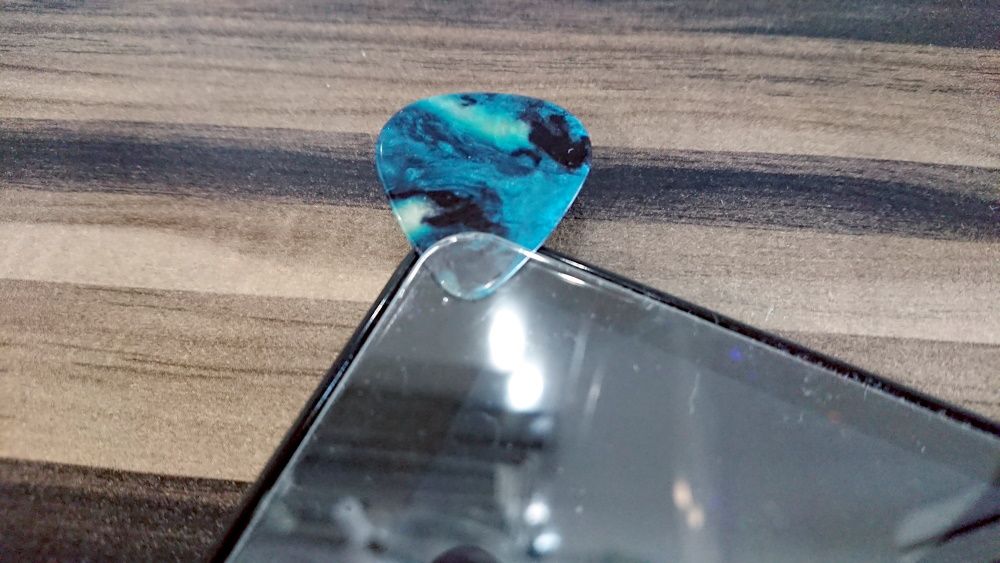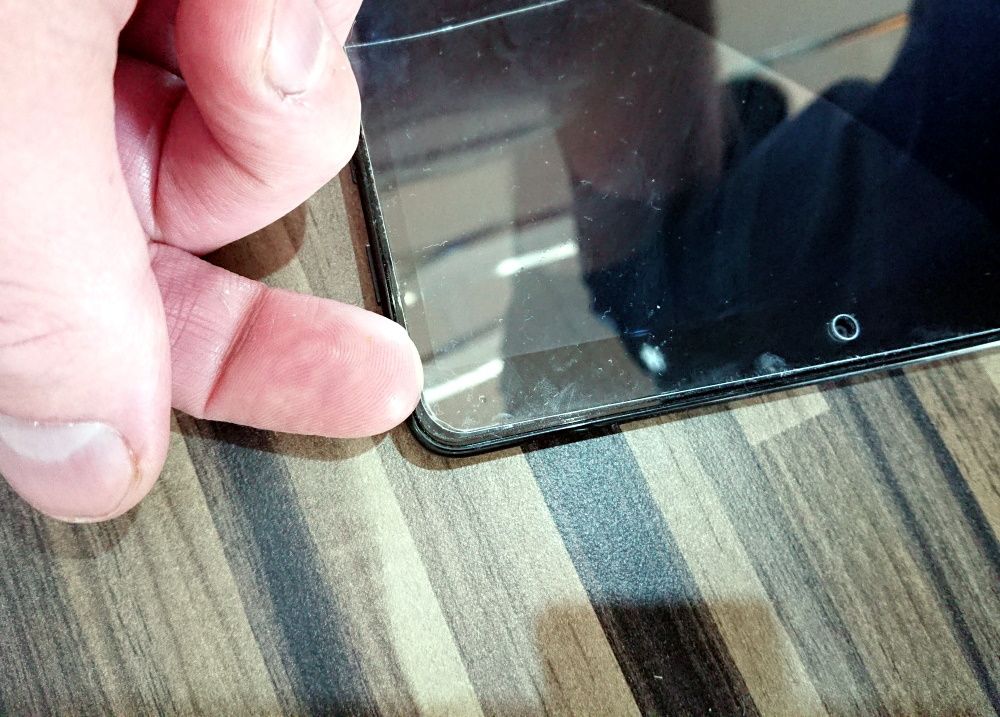Screen protectors are vital for keeping your phone display free from scratches and chips. They've come a long way since the age of thin rubbery protectors and these days are commonly made from tempered glass.
But if your screen protector is cracked, you'll probably need to remove it. Alternatively, you might simply want to upgrade your existing screen protector with a more durable version. Here's how to safely remove a screen protector from your phone with the minimum of effort.
Why Might You Remove a Screen Protector?
Screen protectors keep your phone safe from impact if you drop it. The same goes for tablets. Scratches, cracks, and chips can all be blocked by a screen protector, which in most cases absorbs the impact. So, why would you need to take your screen protector off?
- You prefer a more resilient screen protector
- Your screen protector is cracked
- You're cleaning the device (perhaps to sell it)
As you can see, there are various reasons why you would get the screen protector off your phone or tablet. But how easy is it to do?
Warning: Take Care Removing a Tempered Glass Screen Protector
Older plastic screen protectors are straightforward to remove. So too are tempered glass screen protectors, but they require additional care---especially if already cracked.
So, how do you remove a glass screen protector safely?
The simplest option is to stick some sticky tape along the crack. This will avoid the risk of cuts as the screen protector is removed. You might also consider some rubber gloves to give an extra layer of protection.
Ultimately, however, you just need to take care.
What You need to Remove Your Phone's Screen Protector
You'll need several pieces of equipment to hand to remove a screen protector without damaging the display. Careful removal is vital as you don't want to damage the touch screen. This could result in a phone that you cannot use.
To get started, make sure you have most of (but not necessarily all) the following:
- Sticky tape
- A bank or credit card (guitar pick/plectrum, or even a toothpick, is a good alternative)
- Hairdryer
- Duct tape
With these items gathered you'll be able to safely remove any plastic or glass screen protector.
How to Easily Remove a Screen Protector From Your Phone or Tablet
You have several options for removing a screen protector. All of them require that you first soften the screen's adhesive first.
To remove a plastic or glass screen protector, you first need a hairdryer set to its lowest heat. Heat the screen protector relatively closely for around 15 seconds, keeping the hairdryer moving for the duration. Don't focus heat on one area---this defeats the object of softening the adhesive and can lead to screen damage.
If you don't have a hairdryer to hand, it is possible to use a different "gentle" heat source. This might mean leaving the device in a warm car for a time, or near a radiator. Whatever your alternative, it shouldn't be something that can get hot enough to damage other components.
With the glass protector suitably softened, try these methods for removal.
How to Remove a Glass Screen Protector
Probably the easiest way to take off a screen protector is to use a credit card, guitar pick/plectrum, or toothpick.
-
Slide your chosen tool under each corner in turn, taking care not to scratch the screen
- With a corner pulled up, push the tool left and right to encourage detachment
- Push a credit card gently along the length of the display to remove the screen protector
If you can't find a "way in" and the screen protector is firmly attached to the display at the corners, you can try duct tape.
- Tear off a piece of duct tape
- With the sticky side facing out, roll the tape around two fingers
- Press your taped fingers against the corner of the screen protector
- Pull the protector up far enough to get your finger or a plastic card underneath
- Remove the screen protector
You can now discard the screen protector.
How to Remove a Screen Protector Without Tools
If for some reason you don't have any suitable pieces of card or toothpicks to hand, you could your fingers.
Specifically, a strong fingernail should slide between your screen protector and your device's display. You should take care using this method however, especially with glass screen protectors.
-
Begin by sliding your fingernail under each corner of the screen protector
- Choosing the corner that resists the least, wiggle your nail around
- Once the screen protector starts detaching from the display, move your nail along the edge
- As air rushes under the screen protector lift it slowly, carefully, and with equal force along its length
You should have now removed the screen protector in one piece. If any pieces remain, follow the steps above, with more care.
Clean Your Phone Display
Once the screen protector has been removed, it's a good idea to clean the display.
When you use a screen protector, muck and gunge typically gathers around the edge. This detritus often consists of general dirt and sweat and should be cleaned off. Whether you're selling the phone or replacing the screen protector with a more resilient replacement, cleaning your display makes sense.
Although specialist cleaners are available, you can usually get away with a lint-free cloth and a small amount of Luke-warm water.
You're Ready for a New Screen Protector
Removing a screen protector isn't difficult, but it can be time intensive if things don't go quite right.
By now you should know that the secret to removal is the application of low heat. With the screen protector's adhesive softened, all you need to do next is find something thin enough to carefully separate the protector from the phone's display.
When you're done, remember to clean the display before replacing the protector or selling your phone.




